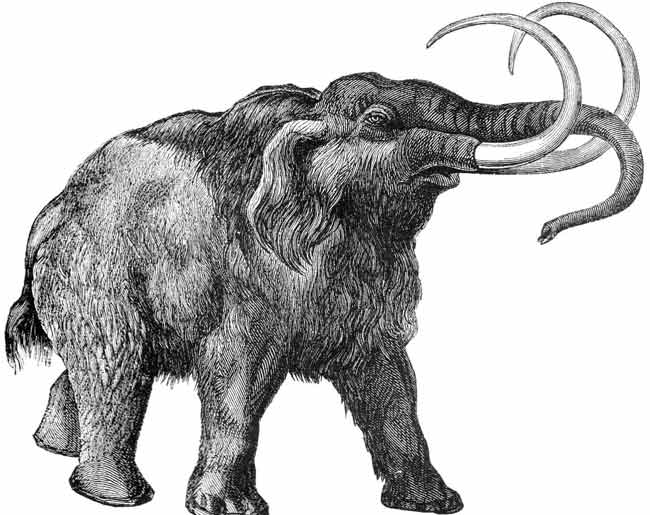Mammoth Mystery: What Killed Off the Woolly Beast?

The culprits behind the extinctions of a number of ice age giants have now been identified — woolly rhinos were apparently done in by climate change, while ancient bison were downed by both climate and human influences.
However, whatever drove woolly mammoths extinct remains elusive.
Giant mammals such as saber-toothed cats and cave bears once dominated the world. However, starting about 50,000 years ago, Eurasia lost approximately 36 percent of these "megafauna," while North America saw a decline of 72 percent.
The causes of these ice age extinctions remain hotly debated. Some have suggested that mighty swings in climate wreaked havoc on the habitats of these megafauna. Others note the rise of humanity coincided with the decline of these giants, proposing that we helped drive them into extinction.
Woolly genes
To help shed light on this mystery, scientists investigated DNA recovered from hundreds of bones of six of these megafauna species — the extinct woolly rhinoceros (Coelodonta antiquitatis) and woolly mammoth (Mammuthus primigenius), as well as the horse (wild Equus ferus and domestic Equus caballus), reindeer (Rangifer tarandus), bison (the extinct steppe bison Bison priscus and the living Bison bison) and the musk ox (Ovibos moschatus).
Collecting these samples took investigators many field seasons, "enduring the harsh conditions of permafrost regions for weeks and months at a time," researcher Eline Lorenzen, a paleogeneticist at the University of Copenhagen in Denmark, told LiveScience. Extracting genetic data from the bones took seven years alone.
Sign up for the Live Science daily newsletter now
Get the world’s most fascinating discoveries delivered straight to your inbox.
With these ancient DNA sequences, researchers could reconstruct aspects of the histories of these populations. For instance, the smaller a population is, the less genetically diverse its members likely are. The investigators could thus gauge how large the population of a species was based on its DNA and, in conjunction with thousands of fossils of these megafauna for which they knew the ages, they could estimate how this population might have changed in size over time.
Altogether, their findings helped model where these species were distributed across space in the past 50,000 years. They also estimated if and how the ranges of these megafauna overlapped with those of humans and how climate swings might have affected their habitats in that period.
Human and climate pressures
The declines in musk ox and woolly rhino populations were apparently linked largely with climate change. In contrast, the declines of the wild horse and steppe bison were apparently affected by expanding human populations in Europe and Asia; in addition, declines in their genetic diversity before humans came along suggest climate also have played a key role. Although humans and climate apparently both had some detrimental effects on reindeer, they remained largely unaffected by either, with their numbers remaining in the millions over the past 50,000 years.
"We spent a lot of time gauging our data, looking for similarities, since the species were found in the same areas and were under the same pressures from climate and humans. But we ended up finding out how different they were," Lorenzen said.
The end of the woolly mammoth remains mysterious. Their numbers remained high in Eurasia at least 10,000 years after first human contact, contradicting suggestions they were driven extinct by hunting or diseases we introduced — the "overkill" and "over-ill" models. The last woolly mammoths apparently retreated north where no humans were before dying off, but whether that was due to human encroachment or habitat reductions due to climate change remains frustratingly vague, researchers say.
"We don't have enough mammoth fossils from their final decline 6,000 years ago to estimate their population abundances and how they responded to overlap with humans, and we don't have enough paleoclimate data from then either," Lorenzen said. "The data's not conclusive for either scenario — it could be a combination of both."
The scientists detailed their findings online today (Nov. 2) in the journal Nature.










